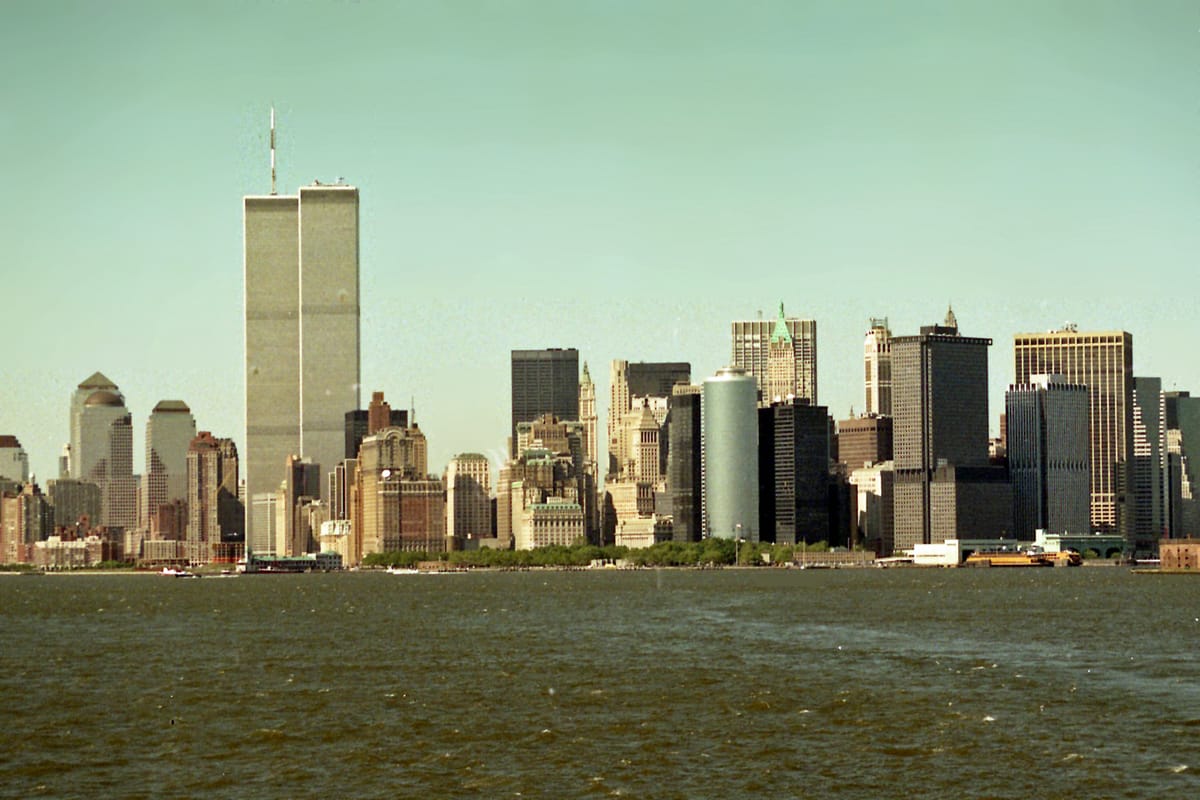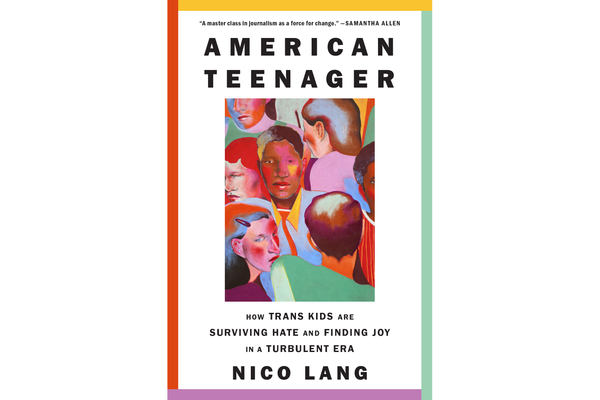Some things change, and some things stay the same
A reflection on anti-LGBTQ hate (and violence) throughout the decades.

Three things happened to me this weekend that, separately, might have been insignificant, but together hit me like a ton of bricks.
The first: On a balmy Sunday evening, my boyfriend and I took a stroll through our neighborhood to grab a scoop of ice cream. I held his hand the whole way there: not something I usually do, but I was feeling romantic. I didn’t think much of it, until we got home and he told me had to force himself to keep his fingers clasped within me; his instincts were telling him to break it off.
This stunned me, mostly because I’ve always felt safe as a queer person in my city, with a few rare exceptions. It didn’t occur to me that something as innocent as holding hands would cause any distress.
The second: When we got home, we queued up an HBO documentary called “Last Call.” Based on an excellent book by the same name, it chronicles a spate of anti-gay murders by a serial killer in 1990s New York.
As we watched, I couldn’t help but think of O'Shae Sibley, the Black gay man who was killed, last week, while dancing (more specifically, vogueing) at a gas station in Brooklyn. Thirty years have passed since the serial killer in “Last Call” was murdering gay men under the cover of night; and yet, gay men are still being killed, today, in broad daylight.
The third: The documentary, in an effort to give context for the anti-gay violence that permeated the era, spent a few minutes telling the story of Anita Bryant, a notorious anti-gay activist who started her crusade in the late 1970s.
I was struck by the language she used, which was centered on the protection of children. “Homosexuals cannot reproduce, so they must recruit,” Bryant was known to say. “And to freshen their ranks, they must recruit the youth of America.”
This is almost identical to the current stream of anti-LGBTQ rhetoric that casts our community as “groomers,” or basically pedophiles. Again, I was blown away by how little has changed: Almost 50 years has passed since Bryant entered the limelight, and still LGBTQ people are being villainized in the same ways.
And maybe, there’s a fourth: I hesitate to even waste any breath on it, but in the weeks since I published my piece about the Jamboree in The Washington Post, there’s been a minor outrage cycle in the right-wing propaganda press. Multiple articles in Brietbart and their ilk have taken issue with the very premise of my article: That welcoming LGBTQ people into the BSA is a good thing.
One of the more absurd takes didn’t even bother to mask its contempt for our community, calling the affinity space a “child-endangering agenda” and imploring parents to watch out, because “Gays ARE coming for your children.” The writer’s argument was a strong and clear echo of Bryant’s arguments from half a century ago.
And so, what do we do with all this? I’m not entirely sure. There’s of course been plenty of objective progress for the LGBTQ community in the last decade (I don’t need to name the many milestones that surely spring to mind). It’s the backlash that worries me. I know, logically, that it’s a minority—but it’s an increasingly vocal and violent one. And if history is any guide, that’s the scary part.



